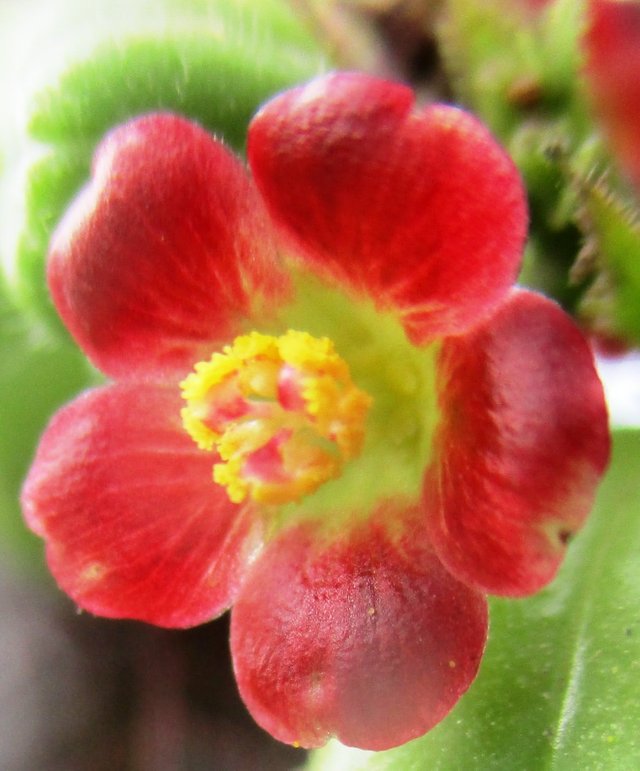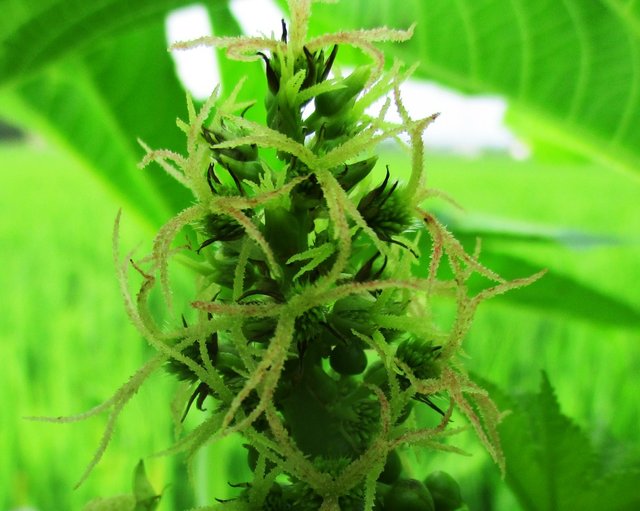about flowers in human life

The biological function of flowers is a sexual organ, as a container for connecting male genes (microspores) (makrospora) to produce seeds. That flowers are analogous to sexual organs in animals that have only been scientifically realized.
Some flowers have a bright variant that functions as a lure for pollinating auxiliary animals. Some other flowers produce heat or a distinctive aroma, also aim to lure animals to help pollinate.
Flowers can also be considered as organs to survive in conditions that are less favorable for growth. Some plants will soon form flowers if they experience water shortages or low temperatures. The best known example is paper flowers. If plants die, seeds are expected to have formed as a survival effort.
people have long been captivated by flowers, especially those that are colorful so that they have special meaning. Flowers become one of the determinants of plants as beautiful.

Morphology
This modification is caused by a number of stimuli. The formation of interest is strictly controlled by certain environmental changes.
Flowers are almost always symmetrical, which can often be used as markers. There are two forms ("star shaped", radial symmetry) and (mirror symmetry). Actinomorphs are more common.
Flowers are called PERFECT FLOWER if you have male genitals (stamens) and female tools (pistils) together in one organ. Such flowers are called pansy or hermaphrodite flowers. An interest is said to be COMPLETE INTEREST if it has all the main parts of interest. The four main parts of interest (from outside to inside) are as follows:
Flower petals or flower Crownor corolla which are usually thin and can be colorful to lure insects that help the process of DISPOSAL.
Male genitals are stamens
Female genitals are PISTIL
.
Female reproductive organs are FRUIT LEAVES or carpellum which at the base are FRUITS. Who carries female gametes. Inside EMBRIO BAGS. At the tip of the pistil there is a PUTIC HEAD, or stigma to receive PARIO SARI or pollen. acts as a way for pollen to get to the fruit.
Although the flower structure described above is said to be a "general" plant structure, plant species show very varied modifications. This modification is used by botanists to make connections between plants with one another. For example, two subclasses of flowering plants are distinguished from the number of flower organs: DIKOTIL plants generally have 4 or 5 organs (or multiples of 4 or 5) while MONOKOTIL plants have three organs or multiples.